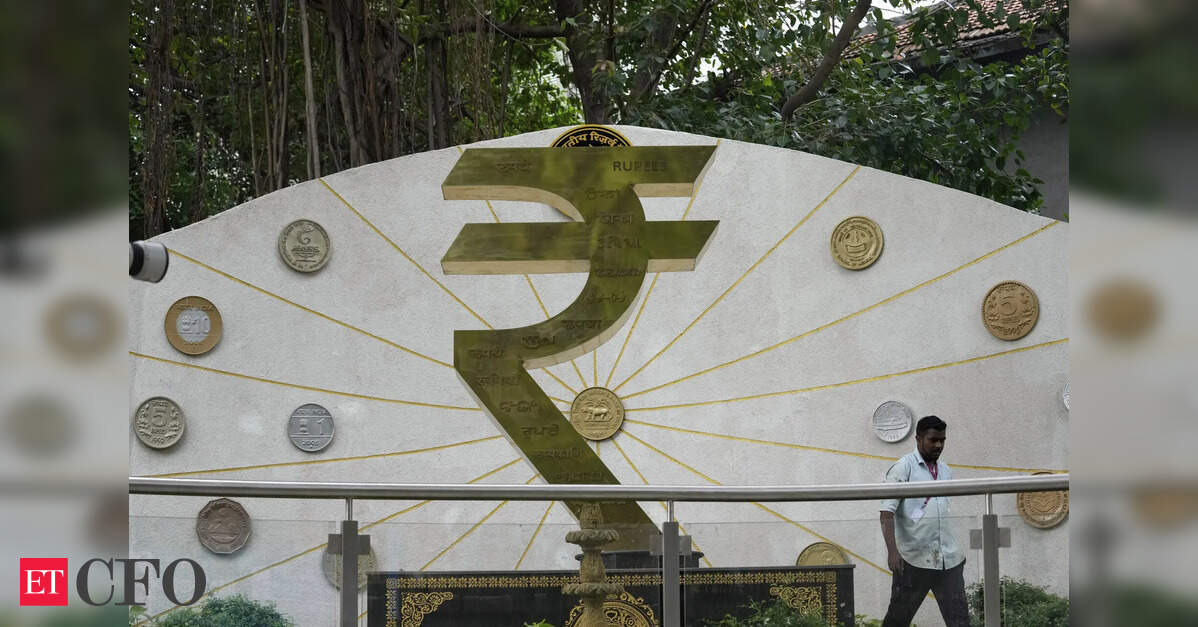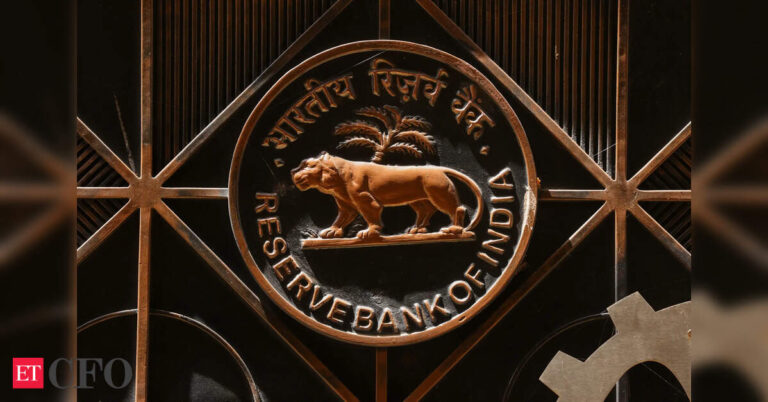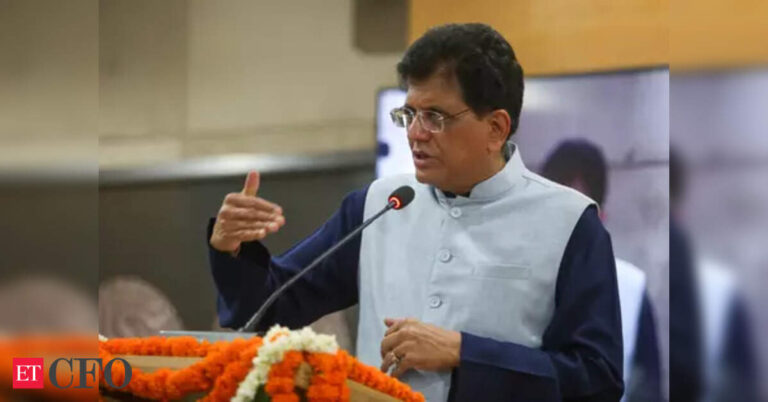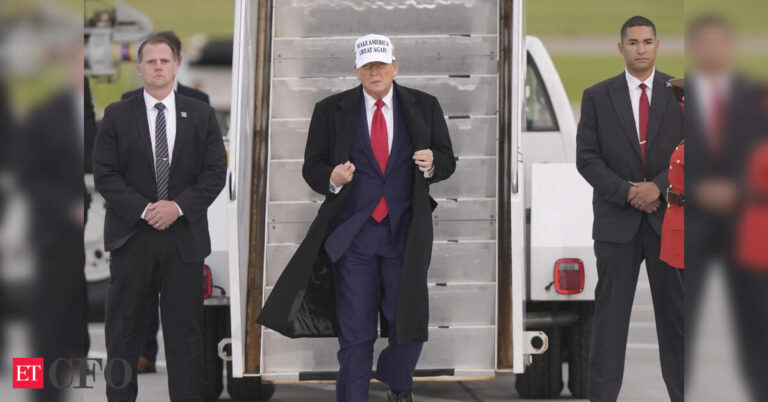By Dharamraj Dhutia
MUMBAI -The Indian central bank’s decision to withdraw surplus liquidity from the banking system just weeks after a large rate cut and cash boosting measures has prompted an uptick in money market rates which may continue in the coming days, traders said.
The Reserve Bank of India will conduct a seven-day variable rate reverse repo (VRRR), for 1 trillion rupees ($11.64 billion) on Friday, its first such operation since November-end.
WHY IT’S IMPORTANT
Conducting VRRRs shows the RBI’s discomfort with the overnight and treasury bill rates remaining below repo rate.
These are expected to move towards the repo rate as the RBI continues such operations, potentially for shorter tenors.
This would increase the short-term cost of funding for banks, and undo some of the benefits of the rate cut, analysts said.
Weighted average call rate, which is the RBI’s operative rate, has remained near the Standing Deposit Facility (SDF) rate, for the past few weeks.
CONTEXT
Earlier this month, Reuters reported that the RBI could start conducting VRRRs to pump out surplus as and when required.
Liquidity has averaged at around 2.76 trillion rupees on a daily basis in June, higher than 1% of banking deposits. The RBI is looking at surplus of around 1%, Governor had said.
Last week, Reuters reported that RBI sought feedback on aligning call rate more closely with repo rate.
GRAPHIC
KEY QUOTES
Money market rates are likely to get impacted with treasury bill yields moving up by 5-10 bps, said Alok Singh, group head of treasury at CSB Bank.
A suitably sized daily VRRR could have been more efficient to pull up the overnight policy rates quickly, said Abhishek Upadhyay, senior economist at ICICI Securities Primary Dealership.
“The focus now will be on whether RBI proactively moves to shorter tenor VRRRs, if tendering in 7-day auction is not very strong,” he added.
($1 = 85.9420 Indian rupees)
(Reporting by Dharamraj Dhutia; Editing by Harikrishnan Nair)






















